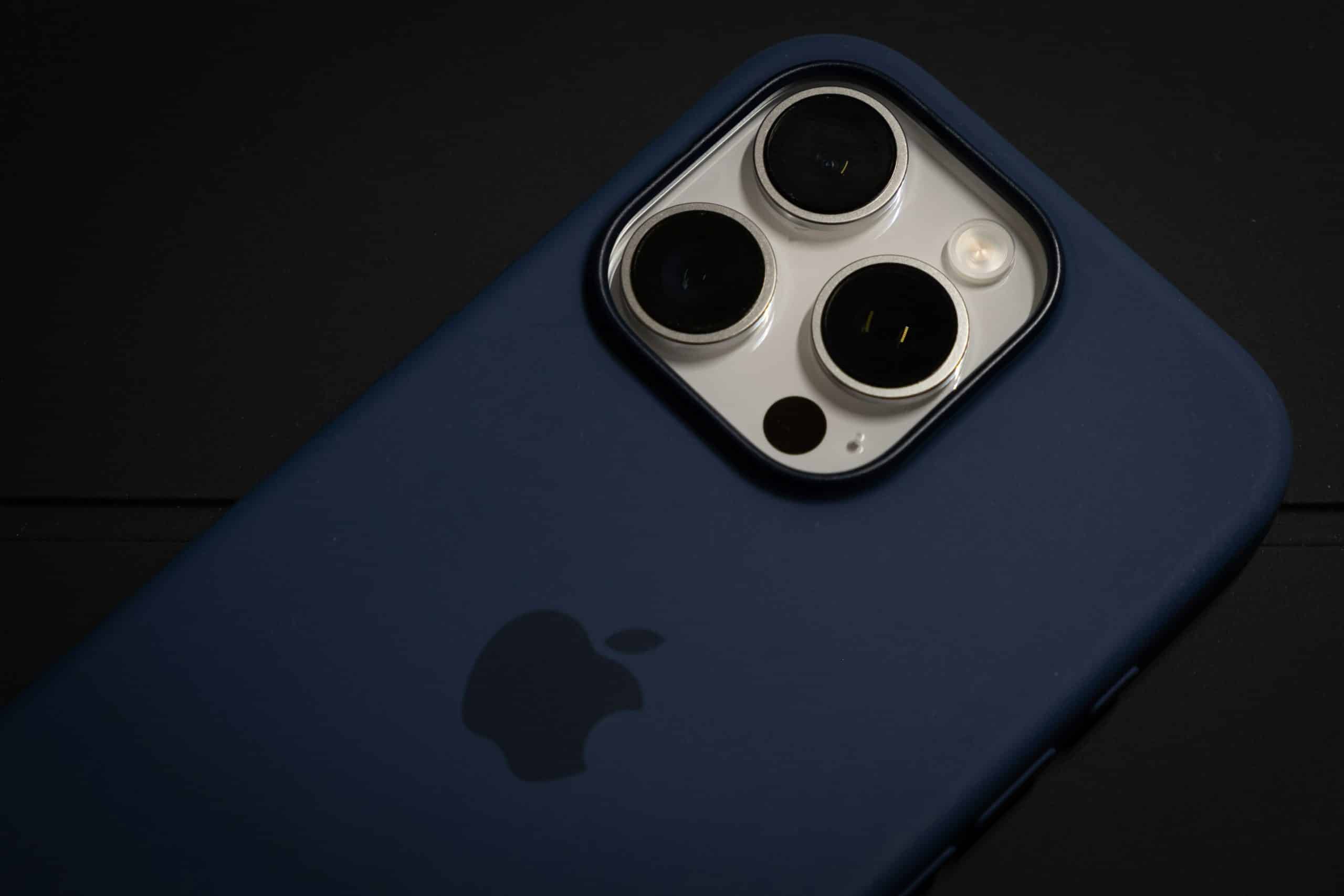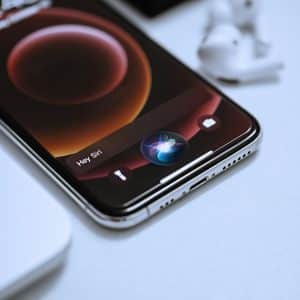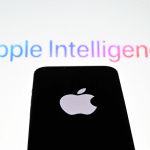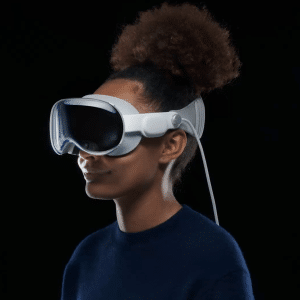Apple’s machine learning teams are advancing visual understanding, a field where algorithms analyze images and videos to recognize objects, faces, or scenes. At CVPR, Apple researchers, alongside collaborators from institutions like MIT and Tel Aviv University, will present papers on topics like generative AI and visual reasoning. A notable paper, “FastVLM,” introduces mobile-friendly vision language models that blend convolutional neural networks (CNNs) and Transformer architectures for processing high-resolution images efficiently. This technology, as detailed on Apple’s Machine Learning Research page, balances speed and accuracy, enabling real-time applications like AR overlays or photo enhancements on devices with limited processing power.
Another highlight is Apple’s work on mathematical reasoning, detailed in the paper “GSM-Symbolic: Understanding the Limitations of Mathematical Reasoning in Large Language Models.” This study critiques existing benchmarks like GSM8K, showing how simple changes to math problems—like altering numbers or adding irrelevant clauses—reduce model performance. Apple’s new GSM-Symbolic dataset offers a tougher benchmark, generating diverse questions to test genuine reasoning, which could improve AI-driven features like Siri’s problem-solving capabilities.
Apple’s booth will feature live demos during exhibition hours, allowing attendees to experience these technologies firsthand. The company is also sponsoring affinity events, such as those by LatinX in AI and Women in Machine Learning, reflecting its commitment to diverse talent in tech. These efforts align with Apple’s broader strategy to integrate advanced computer vision into its ecosystem, from iPhones to Vision Pro headsets.
Why It Matters for Users
Computer vision powers everyday features on Apple devices. For instance, Face ID uses facial recognition to unlock iPhones securely, while photo apps automatically tag people or enhance image quality. The Vision Pro relies on computer vision for spatial computing, tracking eye movements and gestures to create immersive AR experiences. Apple’s CVPR contributions suggest faster, more accurate algorithms that could make these features smoother and more reliable. For example, FastVLM’s efficiency could enable real-time AR on older iPhones, broadening access to immersive apps.
The GSM-Symbolic research has practical implications too. By improving AI reasoning, Apple could enhance Siri’s ability to handle complex queries, like solving math problems or interpreting visual data for users. This is particularly relevant for students or professionals using Apple devices for education or work. Unlike cloud-based AI systems from competitors like Google, Apple’s on-device models prioritize privacy, processing data locally to protect user information—a key selling point for privacy-conscious consumers.
Broader Impact and Context
Apple’s CVPR presence underscores its shift from secretive R&D to active engagement with the global research community. By sharing papers and demos, Apple not only showcases its expertise but also attracts top talent, as noted by 9to5Mac. This openness contrasts with earlier years when Apple’s AI work was less public. The focus on mobile-friendly models like FastVLM addresses a practical challenge: delivering high-performance AI on devices with limited battery and processing power, unlike cloud-heavy solutions from rivals.
However, Apple faces hurdles. Bloomberg’s Mark Gurman suggests that at WWDC 2025, Apple’s AI announcements may lag behind competitors like OpenAI, particularly in generative AI. CVPR’s focus on computer vision, rather than broader AI, indicates Apple is doubling down on its strengths—visual processing—rather than chasing chatbot trends. This aligns with a pro-innovation stance that prioritizes user-facing improvements over flashy, unproven tech.
For users, these advancements mean more seamless experiences. Enhanced computer vision could improve accessibility features, like real-time text recognition for visually impaired users, or refine AR apps for gaming and productivity. Yet, some MacRumors forum users express skepticism, hoping for broader AI leaps at WWDC. Apple’s CVPR focus suggests a deliberate, incremental approach, prioritizing reliable, privacy-first features over speculative hype.
Looking Forward
As Apple prepares for WWDC 2025, its CVPR participation sets the stage for software updates like iOS 26 and visionOS 26, which may integrate these computer vision advancements. The emphasis on efficient, on-device processing ensures Apple devices remain fast and private, appealing to both enthusiasts and casual users. By leading in computer vision, Apple strengthens its ecosystem, making devices like the iPhone and Vision Pro more versatile and user-friendly, without relying on unverified rumors or future projections beyond June 13, 2025.















